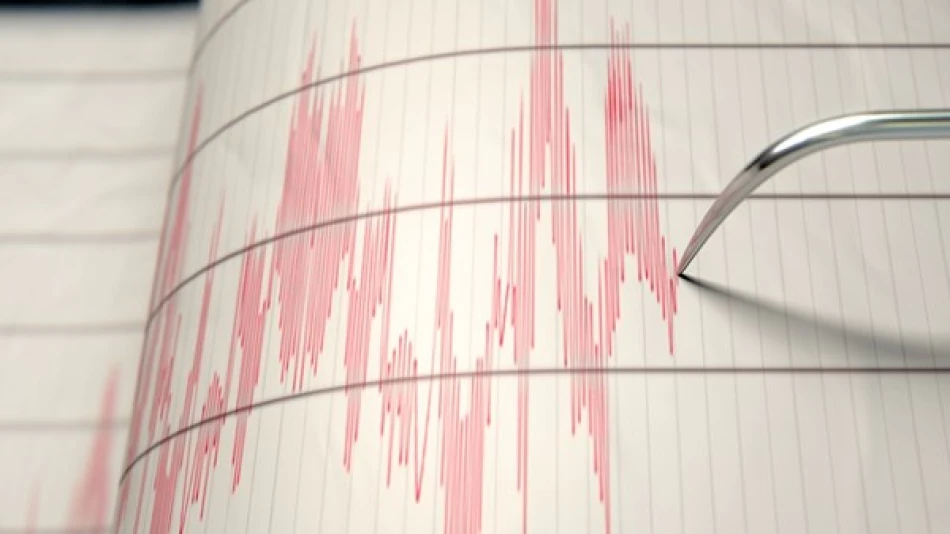
Powerful 7.3 Magnitude Earthquake Shakes Alaska, Triggering Tsunami Warnings
Alaska Hit by Powerful 7.3 Magnitude Earthquake, Tsunami Warning Issued
A major 7.3 magnitude earthquake struck off the coast of Alaska on Wednesday, prompting immediate tsunami warnings for parts of the state. The U.S. Geological Survey reported the quake's epicenter was located approximately 87 kilometers south of Sand Point at a depth of 20.1 kilometers, raising concerns about potential seismic sea waves along Alaska's vulnerable coastline.
Earthquake Details and Location
The powerful tremor occurred in one of the world's most seismically active regions, with its epicenter positioned in the North Pacific Ocean south of Sand Point, a small fishing community in the Aleutian Islands. At a relatively shallow depth of just over 20 kilometers, the earthquake had the potential to generate significant ground motion and ocean displacement.
Sand Point, home to fewer than 1,000 residents, sits on Popof Island in the Aleutians chain, an area where the Pacific Plate subducts beneath the North American Plate, creating one of Earth's most earthquake-prone zones.
Tsunami Warning System Activated
The National Tsunami Warning System immediately issued alerts for portions of Alaska following the seismic event. Earthquakes of this magnitude occurring at shallow depths beneath or near ocean floors pose significant tsunami risks, particularly for coastal communities that may have limited evacuation time.
Alaska's extensive coastline, stretching over 6,600 miles, makes tsunami preparedness critical for dozens of remote communities that rely heavily on marine resources and have limited evacuation infrastructure.
Alaska's Seismic Reality
This earthquake underscores Alaska's position as America's most earthquake-prone state, experiencing roughly 40,000 seismic events annually. The state sits atop several major fault systems, including the Aleutian Trench, where the Pacific Plate dives beneath the North American Plate at rates of 2-3 inches per year.
The 1964 Good Friday earthquake, measuring 9.2 magnitude, remains the most powerful earthquake recorded in North American history, generating devastating tsunamis that reached as far as California and Japan. That disaster killed 139 people and caused extensive damage across south-central Alaska.
Implications for Regional Preparedness
Wednesday's earthquake serves as a stark reminder of the ongoing seismic threats facing Alaska's coastal communities. Many of these settlements are accessible only by air or sea, complicating emergency response efforts and making local preparedness measures essential for survival.
The event also highlights the effectiveness of modern seismic monitoring systems, which can detect earthquakes within minutes and issue tsunami warnings that provide crucial evacuation time for at-risk populations. However, the remote nature of many Alaskan communities means residents often have only minutes to reach higher ground when tsunami warnings are issued.
As climate change continues to affect Arctic regions, Alaska's infrastructure faces dual challenges from both natural seismic activity and changing environmental conditions, making earthquake preparedness an increasingly complex but vital concern for the state's future resilience.
 Layla Al Mansoori
Layla Al Mansoori







